I was recently invited to participate in the Discover Cleaning Inside & Out Summit, a virtual event sponsored by Good Housekeeping in partnership with the American Cleaning Institute (who I’ve previously written about here and here). The Summit was created to address the cleaning habits and practices of today’s consumers, especially during the COVID-19 pandemic, and the initiatives the cleaning industry is taking around product safety, the efficacy of “natural” and “clean” ingredient offerings, fragrances and transparency when it comes to product ingredients.
Representing Good Housekeeping was Laurie Jennings, Director of the Good Housekeeping Institute and with the American Cleaning Institute was Mellissa Hockstad, President and CEO.
So why should anyone be excited about cleaning? A lot of us never learned how to clean. We were told to clean our rooms or dust the furniture, but not always HOW to do it. I’m just as guilty as my mom when it comes to that.
I’ve never been a “spic-and-span” housekeeper. I’m good with clean and well-organized. But in the past several years, I’ve become concerned (and somewhat conflicted) about the products that I bring into our home. I’d love to use the safest solutions and have created some concoctions myself but sometimes, they just aren’t effective enough. They don’t really clean! And of course, in this COVID era, I want products that sanitize! Right off the bat, during the summit, I learned that vinegar is not effective as a sanitizer. To be honest though, I already knew that.
“We could see natural products being used for those day-to-day ad hoc spot-cleaning needs, but when it comes time to have to kill germs — such as flu season or those deep-cleaning needs — we’ll see them revert to more traditional formulas.” —Rebecca Cullen, Mintel
*Each heading represents a session during the summit.
Cleaning Across Generations
I found this part fascinating!
Baby Boomers – They are established in the cleaning routines and tend to stick to the brands they know. That rings true for me, somewhat, but I’ve been trying to use more environmentally conscious products such as Seventh Generation and Mrs. Meyers. But they are more proficient in shopping online for their products than marketers previously thought.
Generation X (born in 1965 – 1979) – They’re at the peak of their earning years and have been a bit ignored as a generation. Editors: The Baby Boomers really overpowered them in sheer numbers.
Millennials – (born in 1980 – 1999) – They have historically had low engagement. They value savings, costs and wellness.
Generation Z (born in 2000 – 2012) – They are barely dipping their toes into the household category. They like to have relationships with brands tied to ethno-ethical responsibilities. They like a scent that “smells clean” and don’t want to be stressed about a clean house. They reject traditional roles.
Women still carry the bulk of the cleaning but in the younger generations, they had been splitting chores until the COVID era where women are now moving back into the primary role. Much of that has to do with the kids being home and there is just more cleaning to do.
Younger generations are more aligned with smart tech that may help to free up their weekend but they are also cleaning more often right now.
Older generations want to age in place so they are tending towards A.I. products such as smart vacuums.
But stereotypes around generations seem to be falling away. ALL consumers want more knowledge and education around cleaning products.
Cleaning Motivations
- Wellbeing
- Technology – social media apps, A.I., automation
- Surroundings – sustainability
Changes with COVID
54% of shoppers are still purchasing in store but there is a 20% increase in online shopping since COVID.
“Silver surfers” are reducing their exposure to COVID altogether. Services such as the Neighbors Helping Neighbors program established by Walmart in conjunction with the Next Door app are popping up to help them. Voice-driven shopping such as is available with Amazon’s Alexa are also playing a part.
Consumers will probably revert back to more natural products when the virus is over. The summit mentioned that they will probably do day-to-day spot cleaning with more natural products and a more substantial cleaning weekly. This will be increasingly important with the Gen Z population who are keen to be environmentally-friendly.
Income is important when choosing natural products because just like with organic foods, they come with an increased price. Brands must be willing to make natural and eco-friendly products less expensive and possibly more effective.
Sustainability will also be more important – to me, as well. I try to choose brands with recycled or less packaging!
Some products that fit the bill here:
Everspring products from Target
Truman’s products with great packaging
7th Generation products (although I see sodium lauryl sulfate listed as an ingredient in some of their products)
9 Elements products that contain no more than 9 ingredients.
The Science of Cleaning
Good germs vs. Bad germs
Good germs help to bring us wine, cheese, kombucha and yogurt while bad germs, such as viruses and bacteria are what make us sick. Viruses are generally spread through airborne methods or by droplets. Bacteria are usually ingested, transferred or are from surface contact. Droplets are also on surfaces. This is what infuriates me so much about COVID practices – masks help but people seem to forget that the virus can be found on common touch surfaces as doorknobs, digital devices, food containers, equipment and GLOVES! That’s why hand sanitizers and hand-washing are so important.
“Turns out the toilet is not the highest risk area at all. The high-risk areas are firstly our hands, paramount, and then secondly the hand-contact surfaces that we touch.” —Dr. Liz Scott
Disinfecting:
Boiling water, cooking food, and using disinfecting products are ways to kill bacteria and viruses that you can’t see. To disinfect: to get a high level of kill, leave the disinfectant on the surfaces for several seconds or minutes. Clean surfaces first.. then disinfect.
One of the panelists stated that borax, vinegar and ammonia are not certain enough to trust that they’re effective at disinfecting.
If a product says it kills germs, it should have a B.P.A. registration number on it (even if it’s a “green” cleaner). *Just an FYI, botanicals are chemicals too.
For effective washing of your hands, use soap and water and sing the happy birthday song to yourself two times.
Use sanitizer when you can’t wash.
Find out what’s inside.
Consumers want safe AND effective products.
They mentioned that there are 8 chemicals of concern but did not mention what they were. After some research, I found that these 8 are often mentioned:
- 2-Butoxyethanol
- Ammonia
- Chlorine
- Phthalates
- Sodium Hydroxide
- Perchloroethylene or “PERC”
- Quarternary Ammonium Compounds, or “QUATS”
- Sodium Hydroxide
- Triclosan
Smart Label is a tool for consumers to access info about their cleaning product ingredients. The Environmental Working Group, a non-profit organization is also a good resource to help keep us safe from harmful substances in all sorts of products from food to cosmetics to cleaning products.
Making Sense of Fragrance
“There are more astronauts in the world than there are perfumers.” ~Cynthia Reichard, Executive Vice President & Director of Client Services, Arylessence
Fragrances are added because many cleaners don’t smell great. Most humans can detect a malodor at 3 parts per billion and scent memories are stronger than visual memories. (Remember Mom’s apple pies baking in the kitchen?) The right fragrance encourages the proper use of a product. Some fragrances are added to discourage consumers from using products in a way that may not be intended. Even though some fragrances may smell strong, there is actually only 0.3% – 0.6% fragrance in most products.
Asthma and allergy precautions:
Even if a label says unscented, the product could still cause allergic reactions. Look for products that are certified asthma and allergy safe.
The Fragrance Conservatory is a good place to find information on fragrances.
Let’s Get Cleaning Online
Melissa Maker, Cleaning Expert, Founder & Host of the Youtube channel “Clean My Space” mentions some trends she is seeing:
- The basics of cleaning will be effective and efficient
- There will be an increase in eco-consciousness – good for the environment as well as the wallet
- COVID-19 measures to clean, disinfect and keep the home healthy will continue
- There will be more gender-neutrality when it comes to the distribution of cleaning
- A trend towards beautifully organizing and editing your space
- Cleaning will become more of a family affair, especially while kids are being home-schooled
Melissa has her own line of cleaning products called Maker’s Clean. Ironically, I cannot use them because touching microfiber is like screeching chalk on the chalkboard to me! Can anyone relate or is it just me? I’m impressed with her mop though! Perhaps I could get DP to do the mopping!
For more information, you can still find all the videos to the summit here!
LEARN TO LOVE YOUR LIFE AGAIN
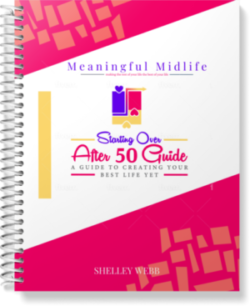 Do you feel like you need to hit the REFRESH button on your life? Download our free guide and begin to create your best life yet!
Do you feel like you need to hit the REFRESH button on your life? Download our free guide and begin to create your best life yet!
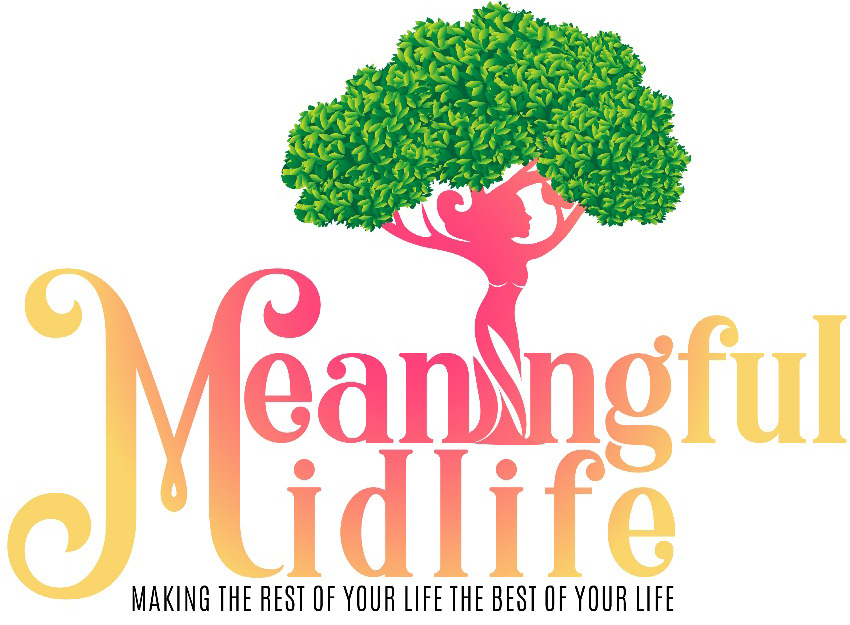
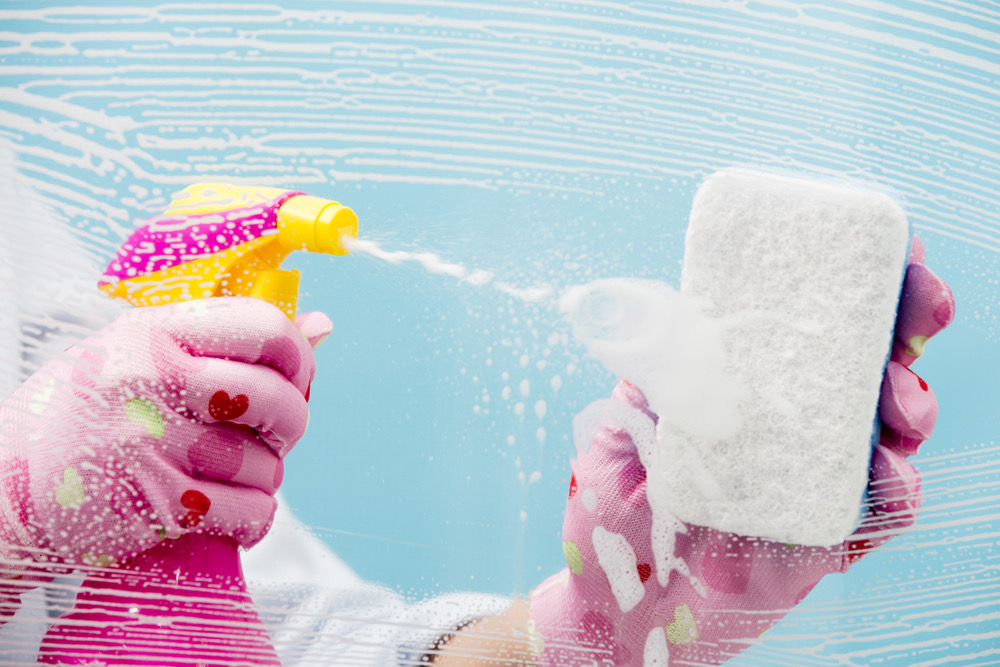
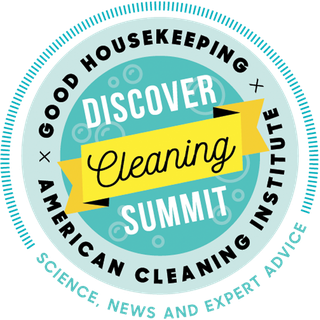

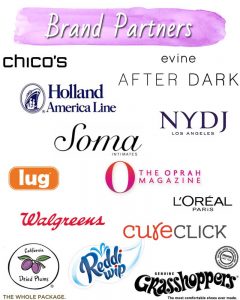
Hi Shelley! This blog is chalk full of interesting and valuable information! I never really stop to think about what younger generations are doing in regards to shopping. I do a lot more online shopping now. As for cleaning, I tend to stick to products I already know but am becoming aware of “safe” brands and ingredients.
Same here, but I’m open to trying the newer, safer products!